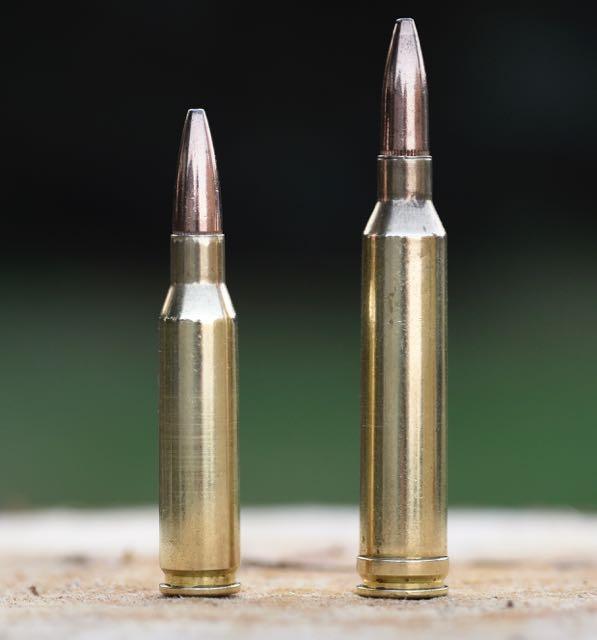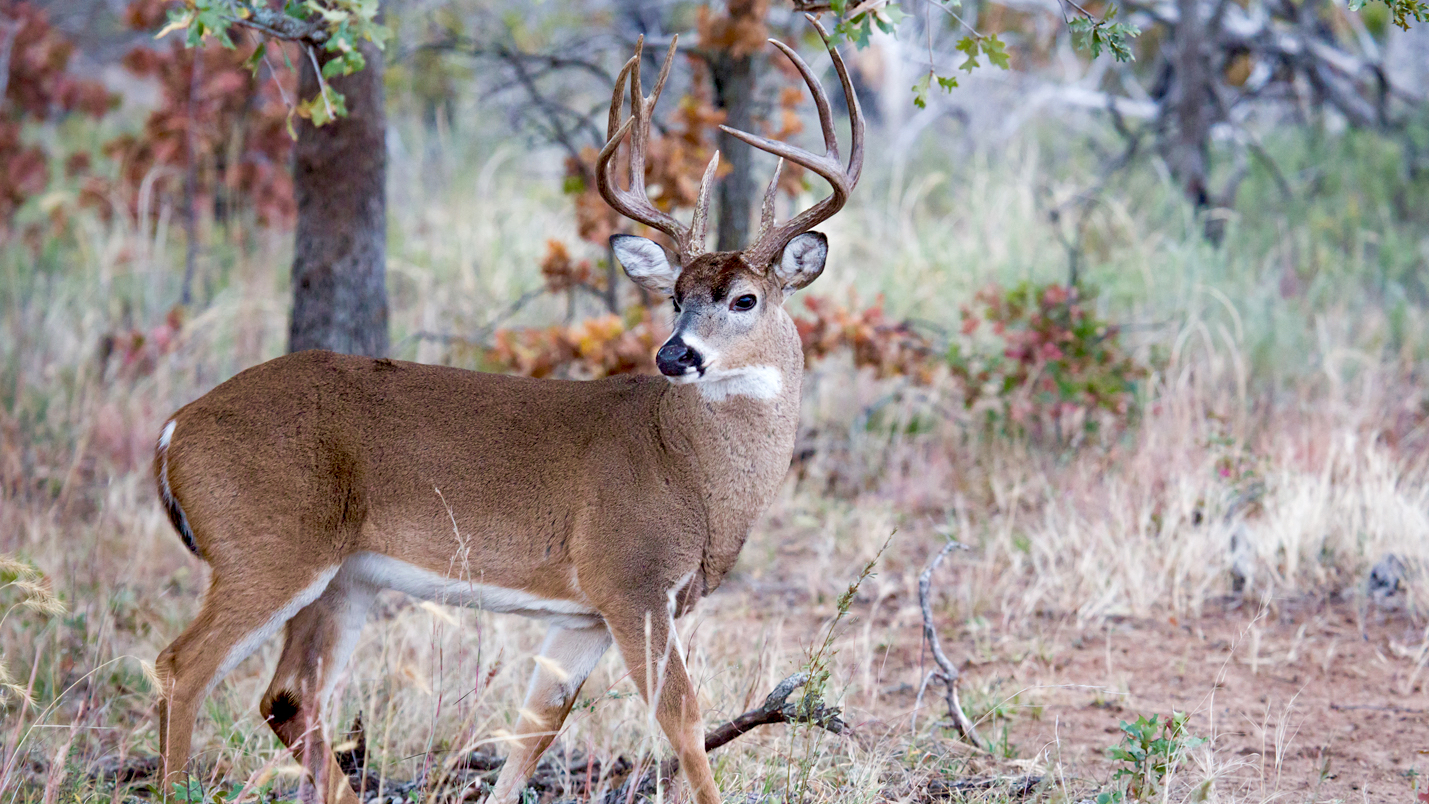Venison medicine
Are you losing too much venison? Here’s how to balance a quick kill with less wasted meat
Advertisement

#4 Cartridge Design
Hunters are passionate about which cartridge is best. When looking for the best cartridge for your type of hunting, remember that meat loss has less to do with calibre and more to do with bullet construction and velocity. For example, the .30-30 Win. and .300 Win. Mag. both have .308-calibre bullets, but they’re very different cartridges. Also note that lower-velocity cartridges do less damage than high-velocity cartridges. A speedy .243 Win., for example, will cause more meat damage than a slow-moving .45-70 Gov’t.
Manufacturers tend to load bullets in the cartridge sizes most commonly used for certain types of game. For example, it’s hard to find a controlled-expansion bullet suitable for elk in .243 Win., since that calibre is considered too small. Similarly, you rarely see a suitable bullet to take a pronghorn with a .375 H&H Magnum, which is considered too large.
Advertisement
To further narrow down your choices, read the manufacturers’ guidelines for recommended bullet-to-game pairings. Ultimately, cartridge selection comes down to personal preference. But for the meat hunter, I think the best choice is a standard-velocity cartridge shooting in the 2,600 to 2,900 fps range, such as the .30-06 Springfield or 7mm-08 Rem., paired with an appropriate bullet.
First and foremost, ethical hunters strive for one-shot kills. They also have a moral obligation not to waste game meat. By considering shot placement, impact velocity, bullet construction and cartridge design, you can readily achieve both. The only downside will be for your dog, which will be disappointed to see a lot less meat tossed into the scrap bucket this fall.

